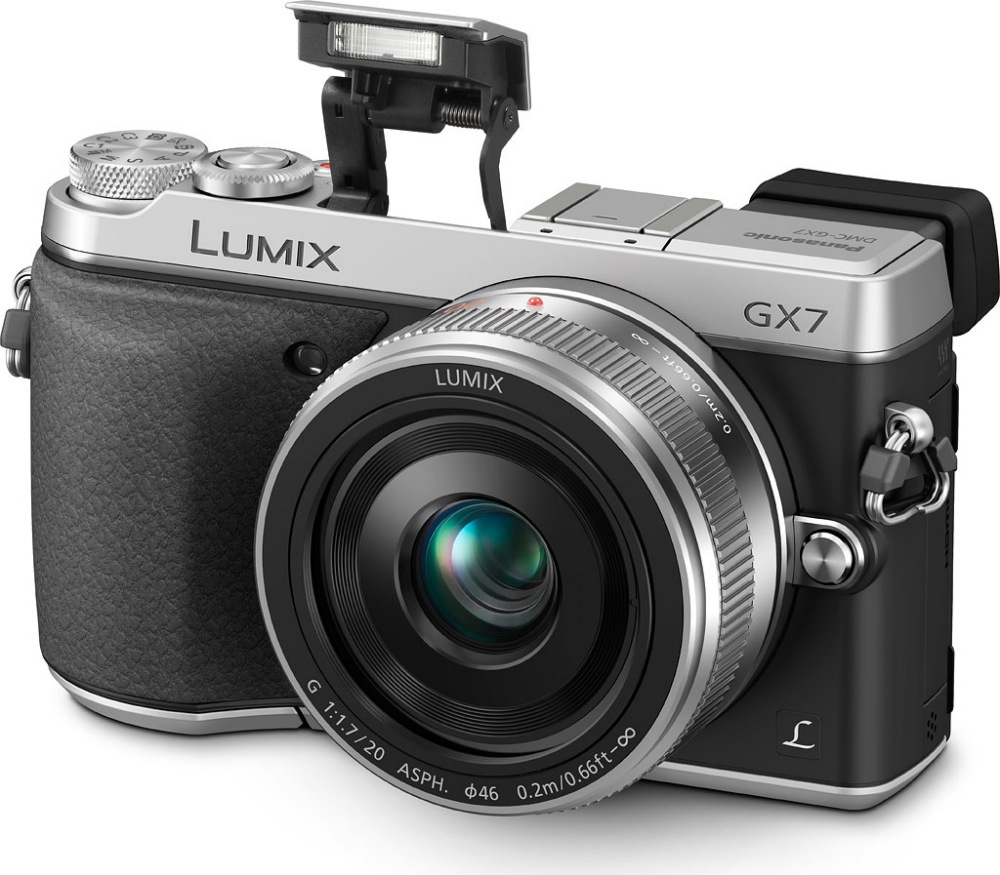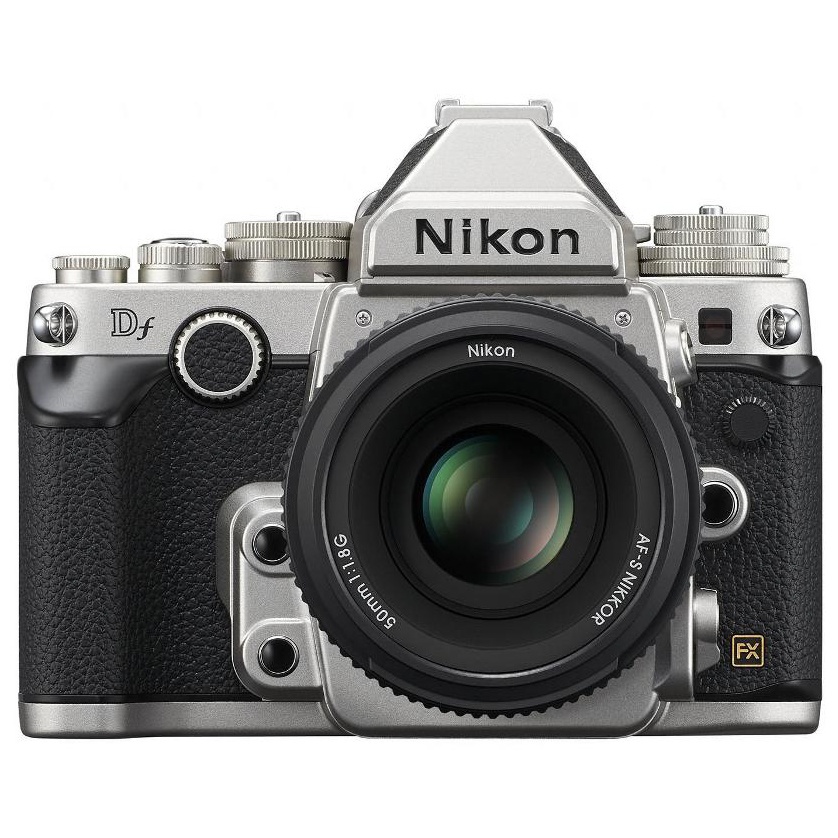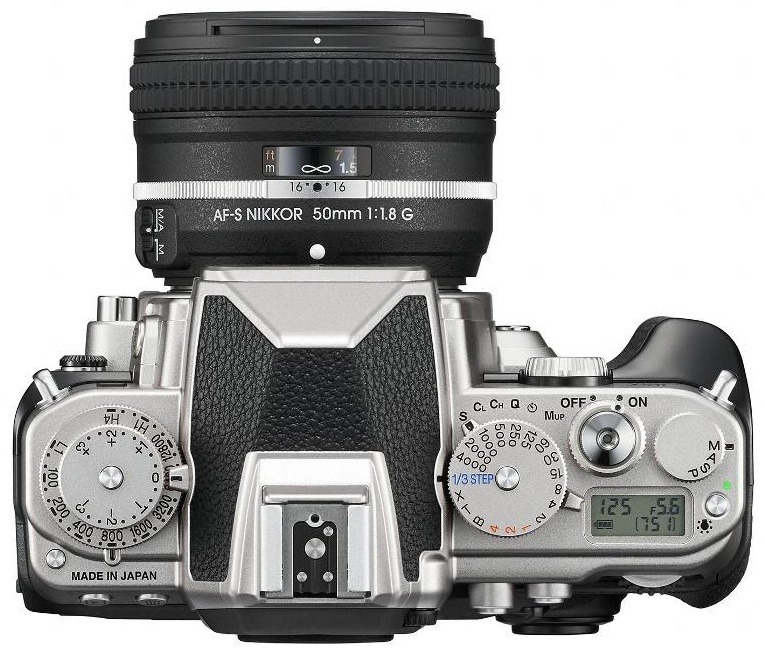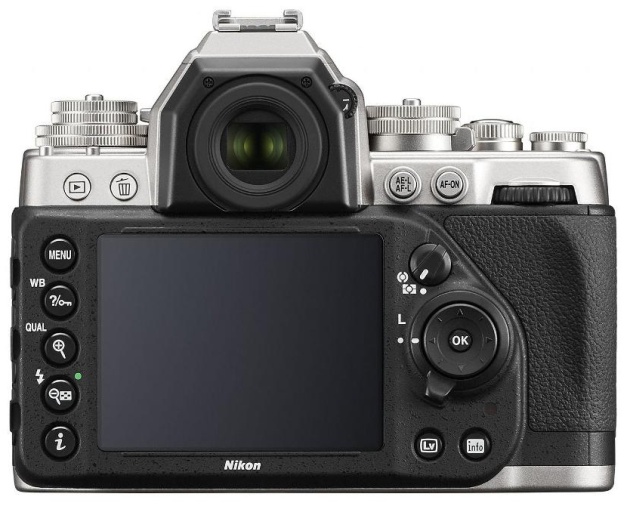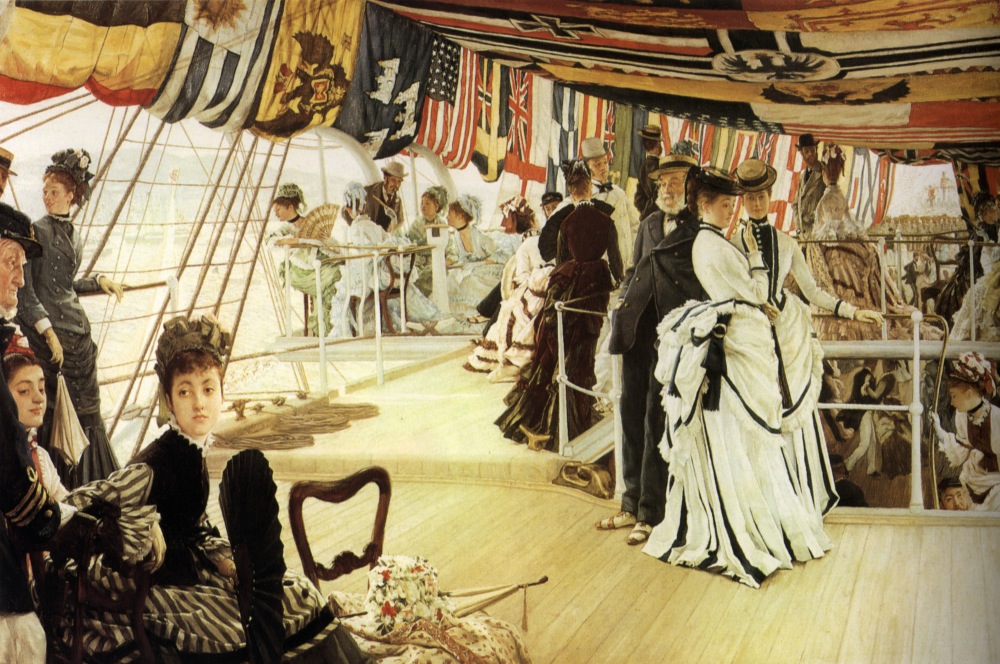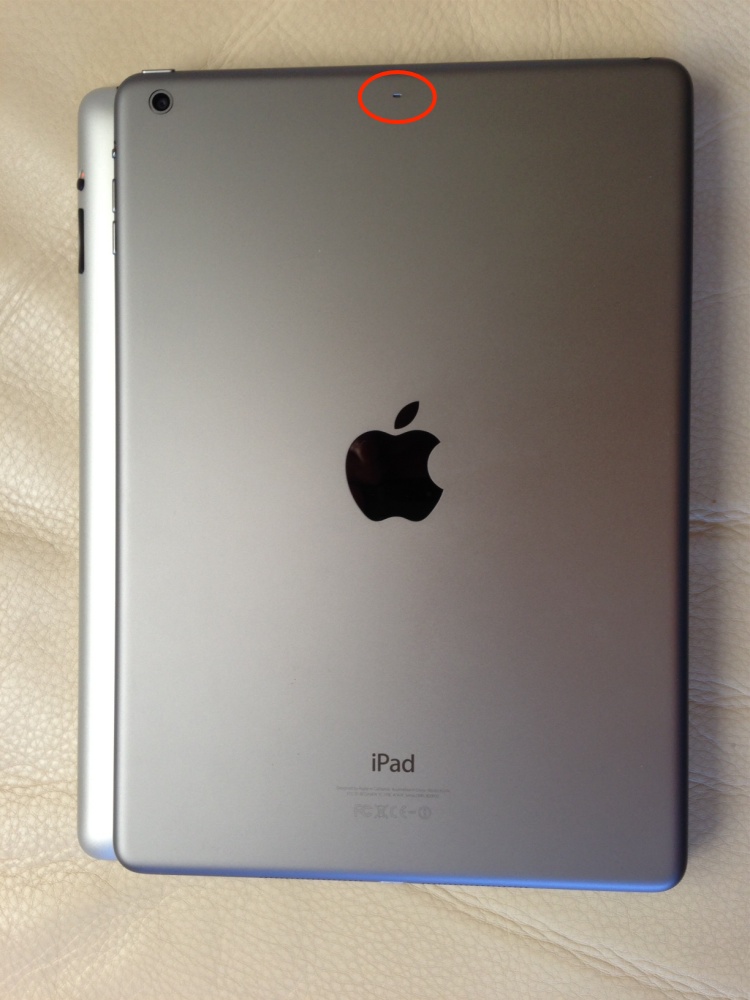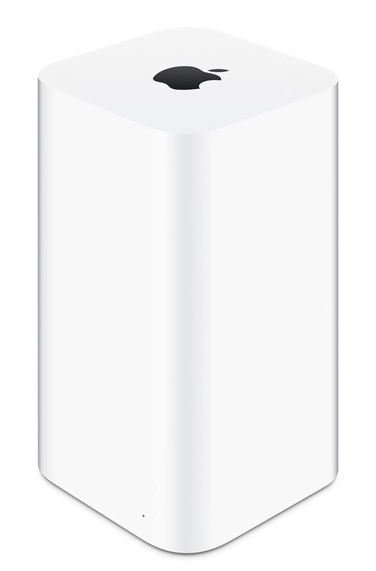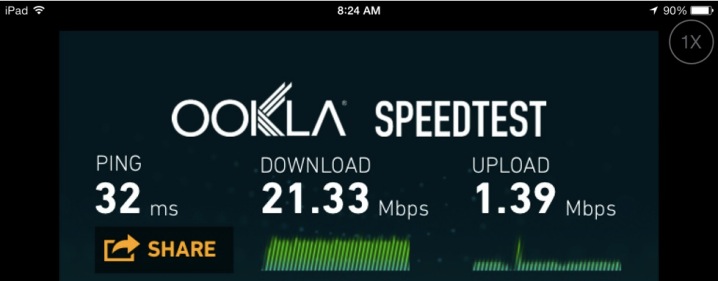First impressions.
Part I is here.
By way of introduction, it bears repeating a couple of paragraphs from my now two years old G3 review:
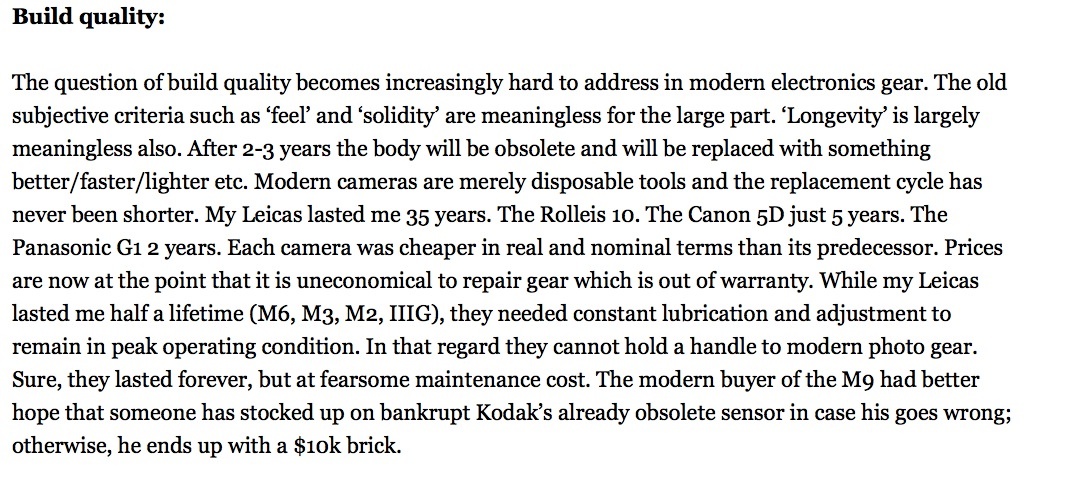

For geeky reviews written by people who wisely confine their work to labs, judging by their photography, there are any number of sites which will give you lab results you will not find here. Camera Labs is one of the better ones and you are, at least, spared the moronic comments found at DPReview.
My focus in these articles will be on:
- Changes from the G1 and G3 and ergonomics
- Street snapping, stealth and responsiveness
- GPS logging
- Wifi and the use of smartphones and tablets to control the GX7
- Use with MF lenses
- I will not be looking at the movie mode
The immediate first impression is of high quality, tangibly better than that of the G3. Then again, at $900 for the GX7 body compared with $600 for the G3, quality should be better. The falling price spiral seems to have ended. This impression is further reinforced when the camera is first turned on, as both the LCD and the EVF have greatly increased pixel densities, which make the image and data displays pop. It’s like going from a regular display in a Generation 1 iPad to a Retina Display version. You didn’t think you needed it, but there’s no going back.
You do not have to look too far for the design inspiration for the GX7.
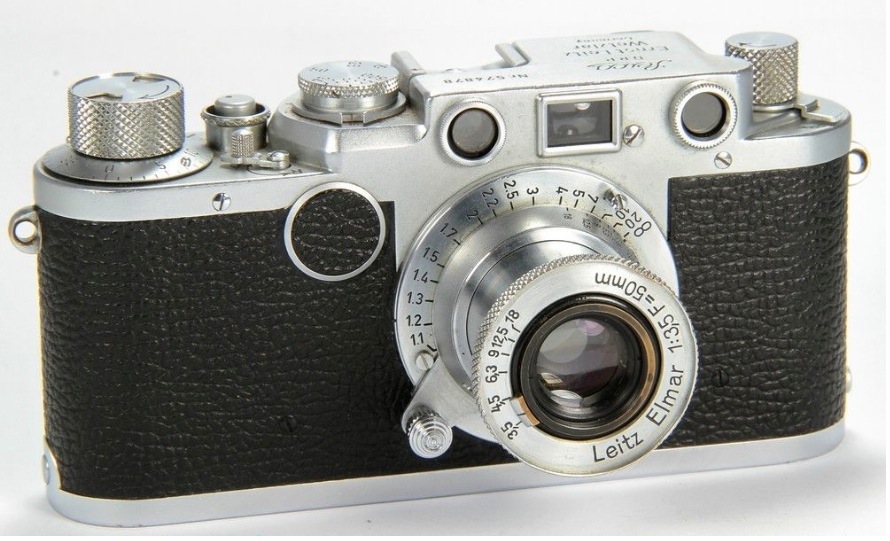
Leica IIf, 1948.
My first thought was that the fine, almost jeweled, look and feel is reminiscent more of the old screw thread Leicas than it was of the later M series rangefinder models. You get the small size of the Leica IIC/IIF with the handling feel of a Leica M2. At a Panasonic price, of course. If you want to pay $2,000 for one of these just wait a while and Leica will rebrand it for you and take your money. Yup, $1,100 for a red logo. Or you can waste $8,000 on a tired M body with its manual focus lenses. There’s one born every minute ….
You do not get the nail pounding toughness of a pro Nikon or Canon, but heavy pro sports use or fashion and advertising is not the target market for MFT. These cameras are more aimed at serious amateurs whose back has given out from too much lugging of full frame gear.
Changes from the G1 and G3 and ergonomics:
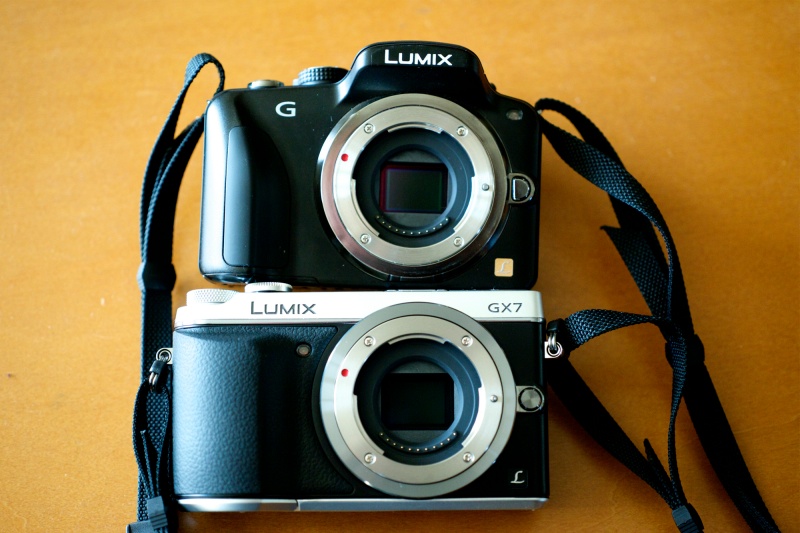
A small width increase yields great handling benefits over the G3.
Chrome GX7 variant adds a nice retro ‘amateur’ look.
Height and weight are much the same.
While the biggest change in appearance from the G1/G3 is the absence of the faux pentaprism hump, thank goodness, replaced by a flat top plate, the biggest practical change is in the grip area for your right hand. It’s only a little wider than in the G3 but the improvement in handling compared with the compromised G3 (which is too narrow in this regard) is substantial. Further, the extra width pushes the shutter release button further away from the index finger into a much better location. The G1 had it right and the GX7 restores that excellent design’s hand comfort. Having gone with a smooth rubber finish on the G1 (not bad) to a cold, uncovered, slippery metal one on the G3 (not good), Panasonic has used a textured rubber surface on the GX7 which is excellent. Is it Leica M2/M3 excellent? Nothing is, but it’s their best finish yet.
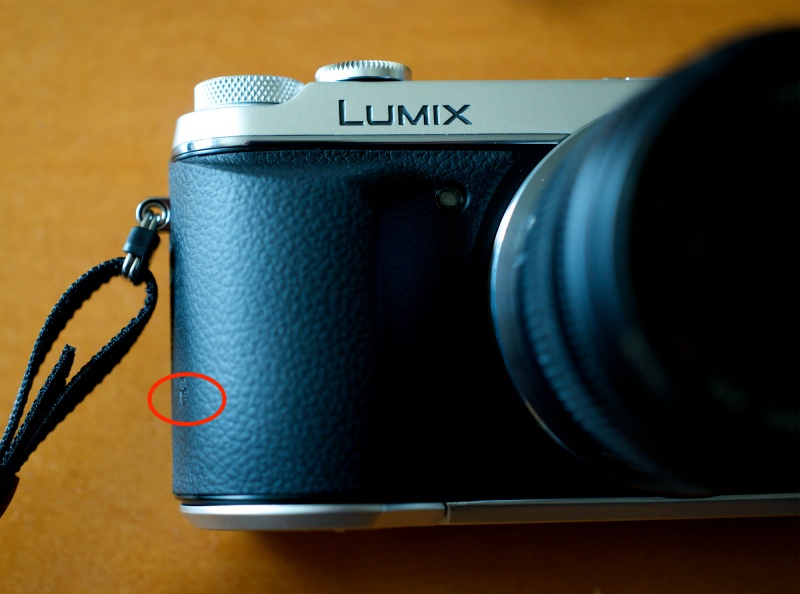
New surface finish. NFC area is circled.
The GX7 adds a second serrated control dial, which surrounds the shutter release and is visible above and below. This is handy and given the great programmability of the body, I have set the main, rear control dial to adjust aperture (I snap only in Aperture Priority mode) and the front/shutter dial to exposure compensation for quick adjustments when required. You can use the rear dial for exposure compensation, by pushing in, holding and turning, but my approach is far more user friendly.
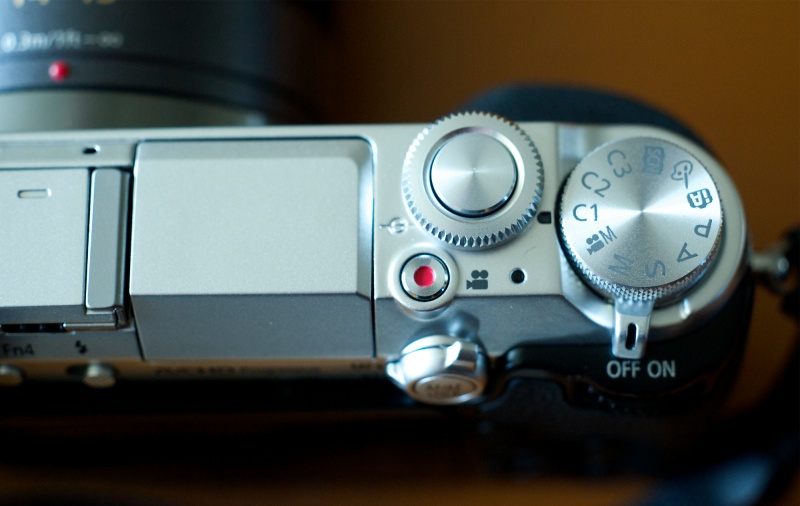
The front control dial surrounds the shutter release. Pop-up flash at the left.
MF/AF lever is below the red movie button.
When switched to MF, using the well located rear plate lever, the finder will optionally bring up the enlarged center section of the image (up to 10x) and this remains simply the best manual focus system on the planet. Accuracy is far greater then using the focus LEDs in the finder of a modern Nikon (I use a D2x and D3x). With the 500mm Nikkor Reflex mirror lens it’s insanely accurate – and needed for an optic with an effective length of 1000mm. The GX7’s MF mode also allows the use of focus peaking, meaning a colored indicator (even the color is user programmable) shows the area of sharp focus. Nice, to have. Autofocus is incredibly fast with my three MFT optics – the Olympus 9-18mm, the old and excellent Panny 14-45 and the Panny 45-200, the latter two with OIS built-in.
The mode dial, top right, is heavily click stopped. There is no earthly way you will change this by accident and the sharp knurling (almost too sharp) on the knob makes changes easy. I simply program the three custom settings (C1, C2, C3) for Aperture preferred automation at 400, 1600 and 3200 ISO, respectively, making changes for low light easy. I prefer this method to trusting the camera’s electronics to set ISO based on some algorithm.
The pop-up flash shoots up vigorously – too much so – when you slide the rear release. You quickly learn to restrain it with a finger to reduce the violence of the action which is not consonant with the operating feel of the rest of the camera. It’s useful for fill-in flash or small product photography. The hot shoe allows the use of more powerful studio units and Panny has thoughtfully colored the related protector to match the satin chrome of the top plate.
Panasonic has, yet again, changed the dimensions of the battery (grrr!) but the location is much improved.
Power storage has risen from 7.3mAh in the G3 to 7.4 mAh, even though the battery is smaller. Nice. The SD card goes in the slot parallel to the battery. The new offset location makes battery or SD card replacement possible with the camera on a tripod – that was impossible on the G3, and only the card could be changed on the G1.
The rear LCD swivels up or down, but cannot be turned around the way it can on the G1/G3. I only use it for programming the camera, so that makes no difference to me. The menus, by the way, have been cleaned up and are easier to read than in the G1/G3. I did notice that the touch response is an order of magnitude better than on the G3 which was awful in that regard. It’s not iPhone quality, but close. Even pinching/un-pinching is supported and the ability to touch an area for selected focus should work well for macro photographers.
Likewise, the EVF eyepiece can be swiveled up to 90 degrees for waist level use though I remain somewhat mystified what use this has. First, you have to hold the camera to your eye and second you cannot take portrait orientation images unless you like to look really silly. I suppose there are some clandestine uses for these things, but they are not of interest to me.
The EVF diopter adjuster is accessible when the EVF is tilted up. It’s a slider, which is not as easy as the click wheel on the G1/G3, but it’s a ‘set and forget’ thing, so hardly of consequence.
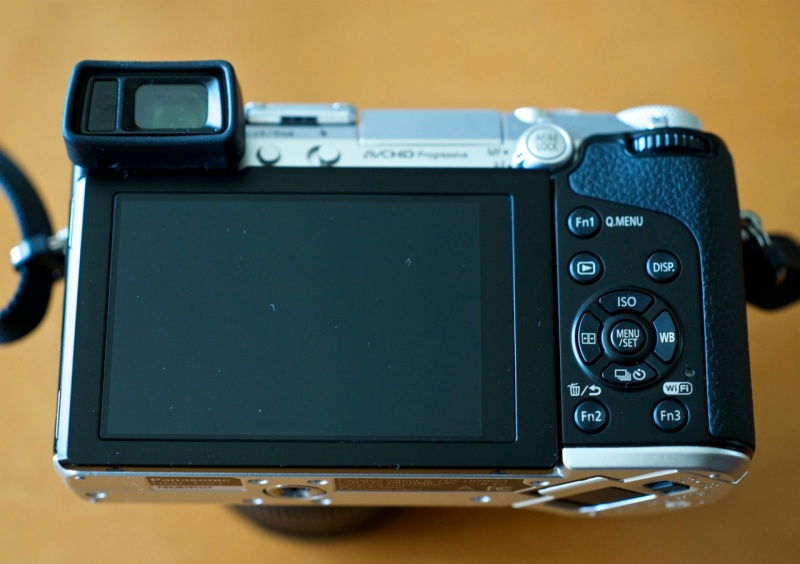
Effective design of physical controls. The EVF eyepiece
protrudes 3/8″ but does not hamper operation.
There is a great deal of programmability allowing the camera to be customized just the way you like and Panny has struck a fine balance between physical and software controls. There are four programmable function buttons on the rear (and yet more in the menu system and touch LCD screen) and the total button count is a great deal less than on a ‘pro’ Nikon body or on the silly Nikon Df ‘pure’ snapper which has twice the number of buttons and dials. The balance between buttons and menus seems just right, and while there are many options in the menus, once set they can be forgotten.
Electronic shutter:
It’s amazing to me how unremarked this feature has been in the geek press. Or maybe not so amazing. After all, that cadre has no interest in taking pictures.
Switching the camera to electronic shutter use not only disables all the beeps and mechanical shutter noises, it also renders the camera silent (only the user can hear the lens quietly focus) while massively extending shutter life. When the shutter is activated the EVF gives a very brief ‘off-on’ blink, confirming the picture was taken. More of this feature when I take to the streets with the GX7.
Sadly, my first test run disclosed that there is no power saved from using the electronic shutter. Panny states that battery capacity is 320 snaps with the regular shutter; I was down to one (of three) power bars after 280 snaps using the electronic shutter, with no LCD use and no pixel peeping. So 400 snaps is probably the limit on one charge. Disappointing. A spare battery is recommended, though original Panny batteries are currently out of stock at Amazon and B&H.
Lightroom import settings:
Panny claims that the sensor in the GX7 has been improved, though it remains 16mp (14mp effective in 3:2 aspect ratio which is what I use), as in the G3. (The G1 was 12mp, the G3 noticeably better at 16mp). Here are my Lightroom 5 import settings:

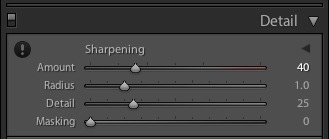
Is the sensor any better? Maybe. A little less noise, perhaps, and needs a little less sharpening, but hardly a compelling reason by itself to upgrade. As with the G3, 18″ x 24″ prints, given decent technique, are a breeze., as my HP DesignJet 90 prints confirm.
Typical file size for a RAW file is shown below.
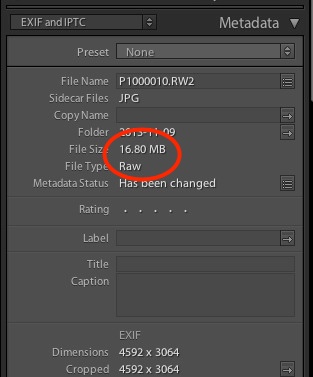
Should you upgrade?
The GX7 is better than the G3 in every way except for the inability to fold the rear LCD in on itself. If you are a happy G3 or GX1 user, should you upgrade? Well, your $600 mint, boxed G3 is now worth $200, so you will be $700 out of pocket. The upside is superior execution, handling and display quality, plus wifi and NFC if those turn your crank. It’s rather like comparing an iPad 1 to an iPad Air. Is the later device better in just about every way? Yes. Do you need to upgrade? Only you can decide. For me it seems like the 2 year upgrade cycle (G1, G3, GX7 and iPad 1, iPad 3, iPad Air) is going to be much longer in future, given the high level of function for the GX7 and iPad Air. A G1 user really should upgrade.
The later sensor is much more capable and the poor shutter life of those relatively fragile mechanical shutters, which is likely in the range of 20-30,000 clicks, compared with the 250,000 in ‘pro’ behemoths like the Nikon D3, is mitigated through the use of the electronic shutter which has no moving parts. The GX1 user upgrading to the GX7 gains a better sensor and a proper finder, meaning he no longer has to look like a fool, arm outstretched, when trying to compose pictures. Plus he will actually get to see what he is trying to snap.
I can’t wait to give the GX7 a run on SF’s streets, the most vibrant this side of Paris. I will be using the electronic shutter exclusively and cannot think why any street snapper would do otherwise.
Meanwhile, here’s a quick snap, hand held, with the 500mm Reflex Nikkor. You can just make out the typical OOF doughnuts in the top left of the image. This image takes advantage of a first for Panasonic. Unlike every Panny MFT body before, the GX7 has in-body image stabilization. For users of long MF lenses this is a blessing indeed, with this image taken at a very slow 1/160th second, hand held. That’s for an effective focal length of 1000mm which would typically dictate a 1,000th second or shorter exposure time to mitigate the appearance of camera shake. the fastest shutter speed on the GX7 is 1/8000 sec, the fastest in any MFT body.

Autumn. Panasonic GX7, 500mm Reflex Nikkor f/8 at 1/160 hand held, ISO 400. RAW original processed in LR5.
Proof of the pudding? Here are some large (13″ x 19″) prints from my first ‘roll’ on the ‘Leica for the rest of us’, made with the HP DesignJet 90 printer:
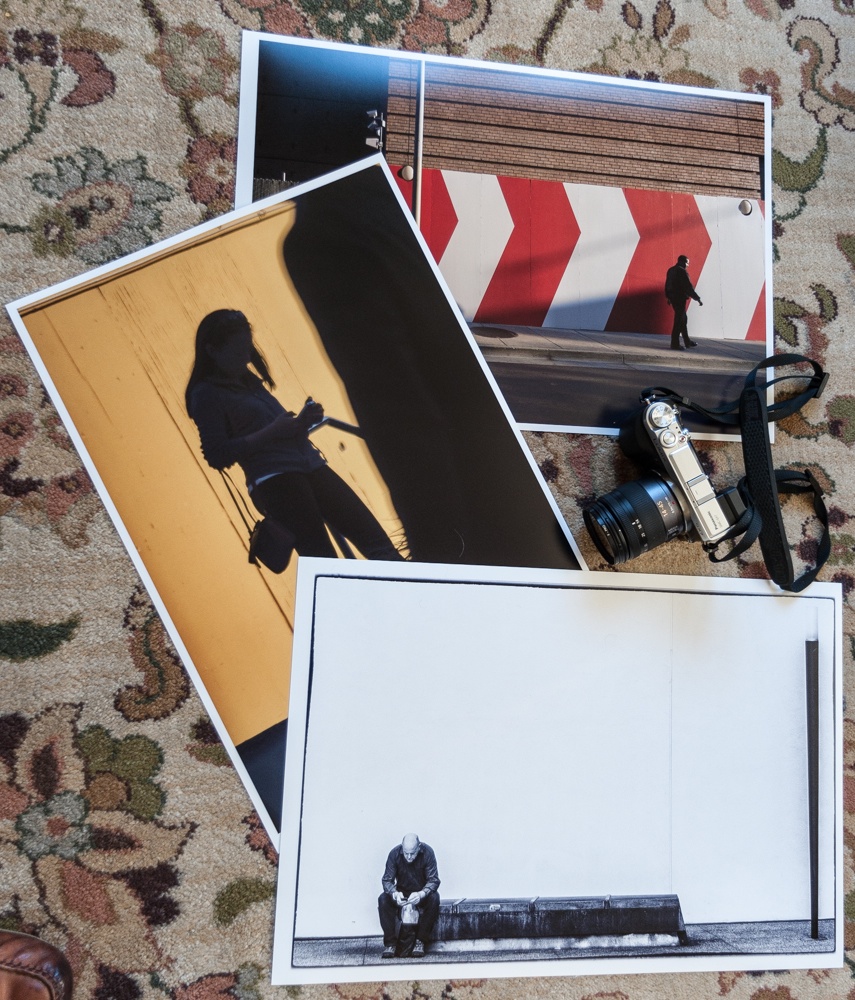
Small camera, big prints. The Leica concept realized in the digital age.
More in Part III.
